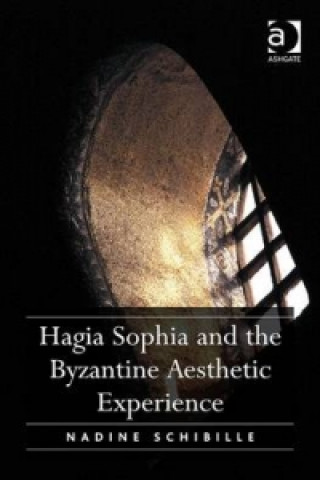
Kód: 04805147
Hagia Sophia and the Byzantine Aesthetic Experience
Autor Nadine Schibille
Paramount in the shaping of early Byzantine identity was the construction of the church of Hagia Sophia in Constantinople (532-537 CE). This book examines the edifice from the perspective of aesthetics to define the concept of bea ... celý popis
- Jazyk:
 Angličtina
Angličtina - Vazba: Pevná
- Počet stran: 320
Nakladatelství: Taylor & Francis Ltd, 2014
- Více informací o knize

Mohlo by se vám také líbit
Darujte tuto knihu ještě dnes
- Objednejte knihu a zvolte Zaslat jako dárek.
- Obratem obdržíte darovací poukaz na knihu, který můžete ihned předat obdarovanému.
- Knihu zašleme na adresu obdarovaného, o nic se nestaráte.
Více informací o knize Hagia Sophia and the Byzantine Aesthetic Experience
Nákupem získáte 442 bodů
 Anotace knihy
Anotace knihy
Paramount in the shaping of early Byzantine identity was the construction of the church of Hagia Sophia in Constantinople (532-537 CE). This book examines the edifice from the perspective of aesthetics to define the concept of beauty and the meaning of art in early Byzantium. Byzantine aesthetic thought is re-evaluated against late antique Neoplatonism and the writings of Pseudo-Dionysius that offer fundamental paradigms for the late antique attitude towards art and beauty. These metaphysical concepts of aesthetics are ultimately grounded in experiences of sensation and perception, and reflect the ways in which the world and reality were perceived and grasped, signifying the cultural identity of early Byzantium.There are different types of aesthetic data, those present in the aesthetic object and those found in aesthetic responses to the object. This study looks at the aesthetic data embodied in the sixth-century architectural structure and interior decoration of Hagia Sophia as well as in literary responses (ekphrasis) to the building. The purpose of the Byzantine ekphrasis was to convey by verbal means the same effects that the artefact itself would have caused. A literary analysis of these rhetorical descriptions recaptures the Byzantine perception and expectations, and at the same time reveals the cognitive processes triggered by the Great Church. The central aesthetic feature that emerges from sixth-century ekphraseis of Hagia Sophia is that of light. Light is described as the decisive element in the experience of the sacred space and light is simultaneously associated with the notion of wisdom. It is argued that the concepts of light and wisdom are interwoven programmatic elements that underlie the unique architecture and non-figurative decoration of Hagia Sophia. A similar concern for the phenomenon of light and its epistemological dimension is reflected in other contemporary monuments, testifying to the pervasiveness of these aesthetic values in early Byzantium.
 Parametry knihy
Parametry knihy
Zařazení knihy Knihy v angličtině Humanities History History: earliest times to present day
4415 Kč
- Plný název: Hagia Sophia and the Byzantine Aesthetic Experience
- Autor: Nadine Schibille
- Jazyk:
 Angličtina
Angličtina - Vazba: Pevná
- Počet stran: 320
- EAN: 9781472437587
- ISBN: 1472437586
- ID: 04805147
- Nakladatelství: Taylor & Francis Ltd
- Hmotnost: 754 g
- Rozměry: 241 × 159 × 25 mm
- Datum vydání: 28. September 2014
Oblíbené z jiného soudku
-

Learn to Read Ancient Sumerian
789 Kč -

Russian Journal
356 Kč -
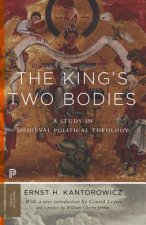
King's Two Bodies
680 Kč -

Heart of Europe
517 Kč -

Armies of Castile and Aragon 1370-1516
441 Kč -

One Hell of a Gamble
677 Kč -

Rise and Fall of Ancient Egypt
463 Kč -

Guns, Germs, and Steel
310 Kč -

The Origins of Totalitarianism
213 Kč -

Illustrated Encyclopedia of Uniforms of World War I
543 Kč -

The Art of Combat
880 Kč -

On Tyranny
212 Kč -
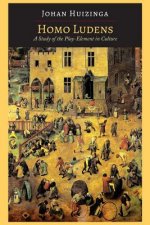
Homo Ludens
303 Kč -

Tuesdays With Morrie
302 Kč -
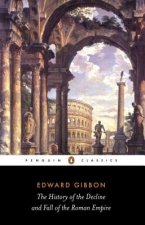
History of the Decline and Fall of the Roman Empire
356 Kč -

King Leopold's Ghost
303 Kč -
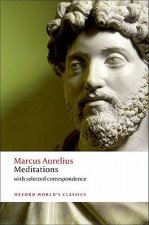
Meditations
223 Kč -

Streams of Gold, Rivers of Blood
775 Kč -

Travels of Ibn Battutah
303 Kč -

Augustus
410 Kč -

Age Of Capital
410 Kč -

Egyptian Book of the Dead: The Book of Going Forth by Day : The Complete Papyrus of Ani Featuring Integrated Text and Full-Color Images (History ... M
714 Kč -

Deng Xiaoping and the Transformation of China
788 Kč -

Age Of Extremes
498 Kč -

John Skylitzes: A Synopsis of Byzantine History, 811-1057
969 Kč -

Arms and Armour of Late Medieval Europe
276 Kč -

Alexander the Great
420 Kč -

End of Days
204 Kč -

Shake Hands With The Devil
356 Kč -

Complete Roman Army
543 Kč -

Distant Mirror
356 Kč -

Fall of the Roman Empire
614 Kč -

Fifties
485 Kč -

After the Ice
463 Kč -

Histories
143 Kč -

Savage Continent
410 Kč -

Oxford IB Diploma Programme: The Cold War: Superpower Tensions and Rivalries Course Companion
1371 Kč -

Age Of Empire
410 Kč -

Pompeii
303 Kč -

Life in a Cave
177 Kč -

Oxford Illustrated History of Prehistoric Europe
874 Kč -

On the Ocean
923 Kč -

Flowers of Battle The Complete Martial Works of Fiore dei Liberi Vol 1
3492 Kč -

On Ancient Warfare
1066 Kč -

Access to History for the IB Diploma: Causes and effects of 20th-century wars Second Edition
905 Kč -

Safe Area Gorazde
517 Kč -

Yoga Body
456 Kč -

Fear and Loathing on the Campaign Trail '72
356 Kč -

Fall of Carthage
410 Kč
Osobní odběr Praha, Brno a 12903 dalších
Copyright ©2008-24 nejlevnejsi-knihy.cz Všechna práva vyhrazenaSoukromíCookies





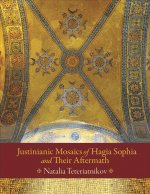




 Vrácení do měsíce
Vrácení do měsíce 571 999 099 (8-15.30h)
571 999 099 (8-15.30h)